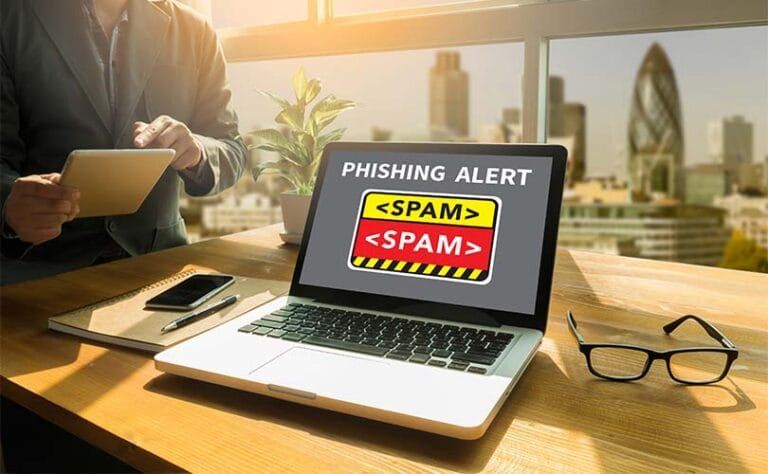

As a democratic country, India is now introducing the concept of the digital world. In past recent years, pandemics have majorly affected many people’s lifestyle as well as the mental health.
People started taking loans to meet their needs and adapted to digital payment. But did you know that not all URLs, or websites, are not the actual links? It can also be a phishing website. Let us all understand what exactly does phishing means.
Phishing links is a form of fraud in which an attacker masquerades as a reputable entity or person in email or other forms of communication. Such fraudsters will commonly use phishing emails or URLS to extract login credentials or account information from victims.
Deceptive phishing is popular with cybercriminals, as it is far easier to fool gullible people into clicking a malicious link in a seemingly legitimate phishing email than it is to break through a computer’s defense.
Phishing frauds are highly seen on social networking techniques mainly applied to email or other digital communication methods. Some methods include direct personal messages sent over social media platform or SMS text messages.
Fraudster who conducts such types of phishing is called phishers. They mainly use public sources of information to gather user’s information like victim’s personal and work history, interests, and other activities. These sources are normally used to uncover information such as names, job tittles and email addresses of potential victims.
The procedure typically takes place when the victim receives a message that appears to have been send by a known contact or organization. The fraud is carried out either through a malicious file attachment and duplicate links that are made by the fraudster.
Fake websites are set up to trick victims into divulging personal and financial information, such as passwords, account IDs or credit card details.
Although many phishing emails are poorly written and clearly fake, cybercriminal groups increasingly use the same techniques professional marketers use to identify the most effective types of messages.
Phishing links are quite difficult to distinguish from real messages. They usually represent the real and a well-known company, even including corporate logos and other collected identifying data.
Here are the several clues that can indicate that link as phishing attempt:
Cybercriminals takes an active part to hone their skills in making existing phishing attacks and creating new types of phishing scams.
In phishing fraud, there is more to it than sending victims an email and hoping they will click on a malicious link or open a malicious attachment. Attackers use several techniques to entrap their victims:

To help yourself from the prevention of phishing messages reaching end users, experts recommend laying security controls, including:
Enterprise mail servers should make use of powerful email authentication to ensure that there will be no phishing inbound. These authentications include the Domain Keys Identified Mail (DKIM) protocol, which blocks all phishing messages.
There are several resources on the internet that provide help to combat phishing. One may even report such fraud to RBI or an anti-phishing website. They will familiarize you with training on how to stop such phishing and avoid such attacks.
If you or someone you know has been a victim of Fraud, there are solutions for you. SingleDebt’s legal team can help handle the legalities for you. We would also recommend contacting your local police station and informing them of what has happened and try gather as much information as you can as this will significantly help with the investigation.
We would also recommend you speaking with your bank and informing them that you have been a victim of fraud online. Finally, we would strongly recommend you report this to the online cybercrime website in your state. For cybercrime in Mumbai, you can file a report on this site https://mumbaipolice.gov.in/CCC Contact SingleDebt on +91 961 910 3594 or fill out the form either on the Home Page or Contact page





